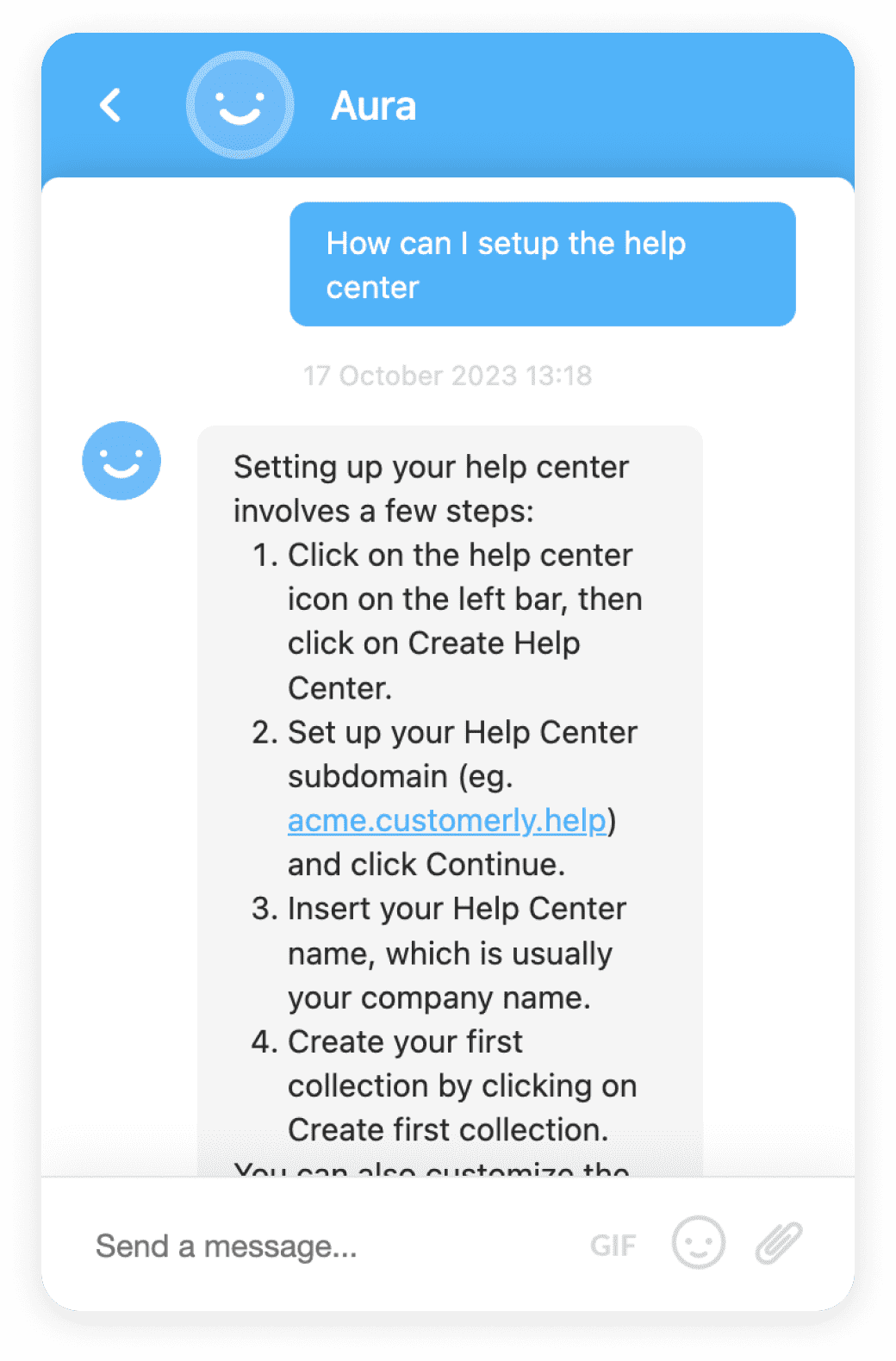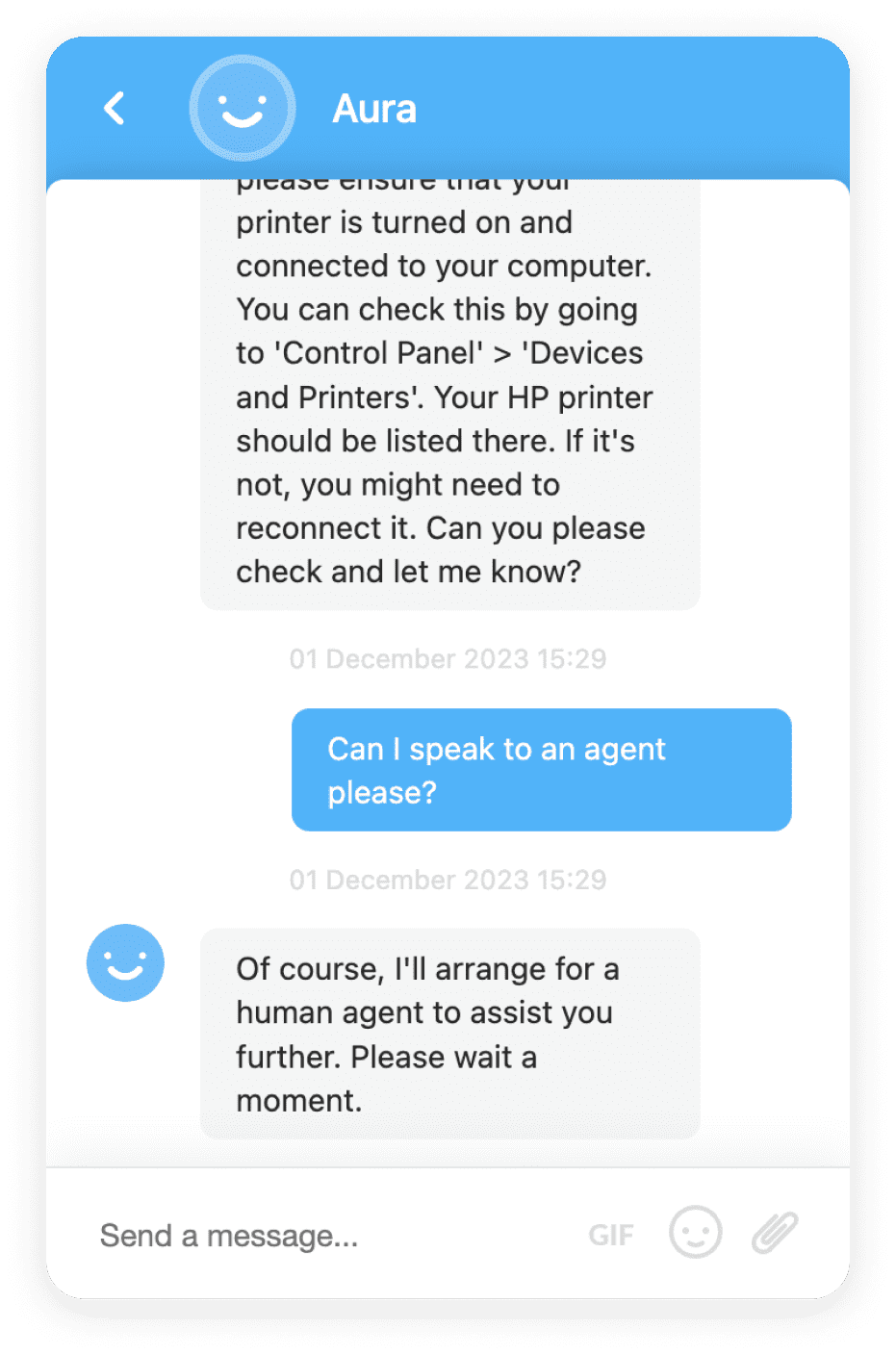SaaS Customer Lifecycle
The SaaS Customer Lifecycle refers to the customer's journey with a SaaS company, from acquisition to referral. It's crucial for customer engagement strategies.
Definition
The SaaS Customer Lifecycle refers to the journey of a customer throughout their relationship with a Software as a Service (SaaS) company. It begins when a potential customer first learns about the SaaS product or service, and continues through stages of acquisition, activation, retention, revenue, and referral.
Usage and Context
Understanding the SaaS Customer Lifecycle is crucial for SaaS companies because it helps them plan and execute effective customer engagement strategies. It's a continuous process that involves nurturing leads, converting them into customers, and then working to retain them while also encouraging them to refer others.
FAQ
What are the stages of the SaaS Customer Lifecycle?
The stages include Awareness (the customer learns about the product), Acquisition (the customer shows interest and signs up), Activation (the customer uses the product), Retention (the customer continues to use the product), Revenue (the customer pays for the product), and Referral (the customer refers others).
Why is the SaaS Customer Lifecycle important?
It's important because it helps SaaS companies understand their customers' journey and make data-driven decisions to improve their product and customer service.
Related Software
Customer Relationship Management (CRM) software, marketing automation tools, and customer success platforms are often used to manage and optimize the SaaS Customer Lifecycle.
Benefits
Understanding and managing the SaaS Customer Lifecycle can lead to increased customer retention, higher customer lifetime value, improved customer satisfaction, and more referrals.
Conclusion
The SaaS Customer Lifecycle is a crucial concept for SaaS companies. It helps them understand their customers' journey, make data-driven decisions, and ultimately grow their business.
Related Terms
CAC (Customer Acquisition Cost)
Learn about Customer Acquisition Cost (CAC), a key business metric that helps in understanding the cost of acquiring a new customer.CAC:LTV (Customer Acquisition Cost to Lifetime Value Ratio)
The CAC:LTV ratio is a business metric assessing the cost of acquiring a new customer against the revenue they generate over their lifetime.CLV (Customer Lifetime Value)
CLV or Customer Lifetime Value is a prediction of the net profit attributed to the entire future relationship with a customer. It is used to guide marketing, sales, and customer service strategies.Churn Rate
Churn Rate is a key business metric that calculates the number of customers who leave a product over a given period of time, indicating customer retention.Customer Acquisition
Customer Acquisition is the process of gaining new customers through different marketing strategies. It's a vital function for any business growth.Customer Lifetime Value
Customer Lifetime Value (CLV) is a predictive analysis technique used to calculate the total net profit a company can make from any given customer.Customer Lifetime Value Analysis
Customer Lifetime Value Analysis is a method used to predict the total value a company can derive from a customer throughout their relationship.Customer Retention
Customer retention refers to strategies used by businesses to encourage repeat business and loyalty from their existing customer base.Customer Retention Specialist
A Customer Retention Specialist is a professional responsible for managing customer relationships and ensuring customer loyalty and satisfaction.Subscription Churn Rate
Subscription Churn Rate is a metric that calculates the number of subscribers who discontinue their service during a given time period. It's vital for businesses with subscription-based models.











